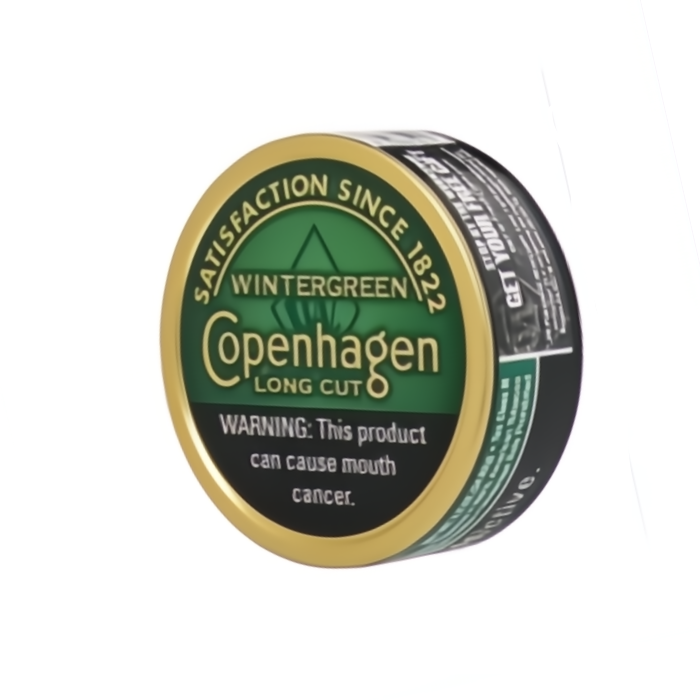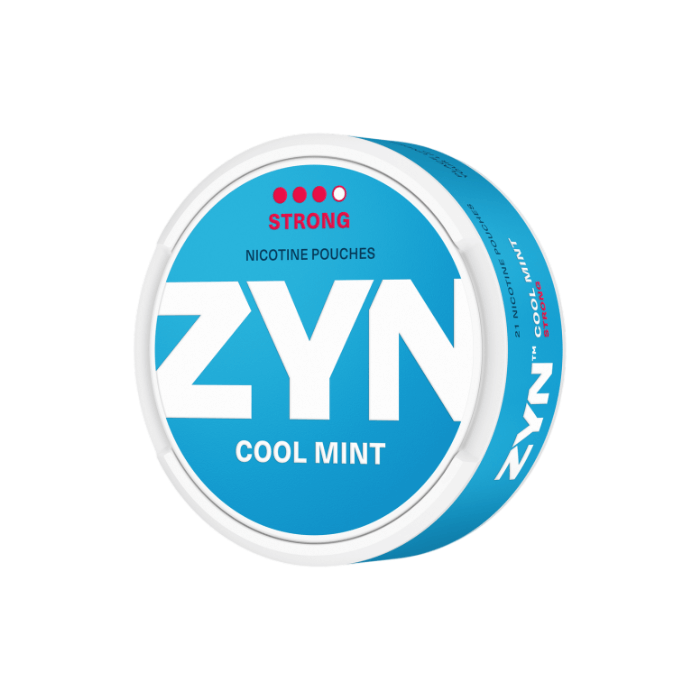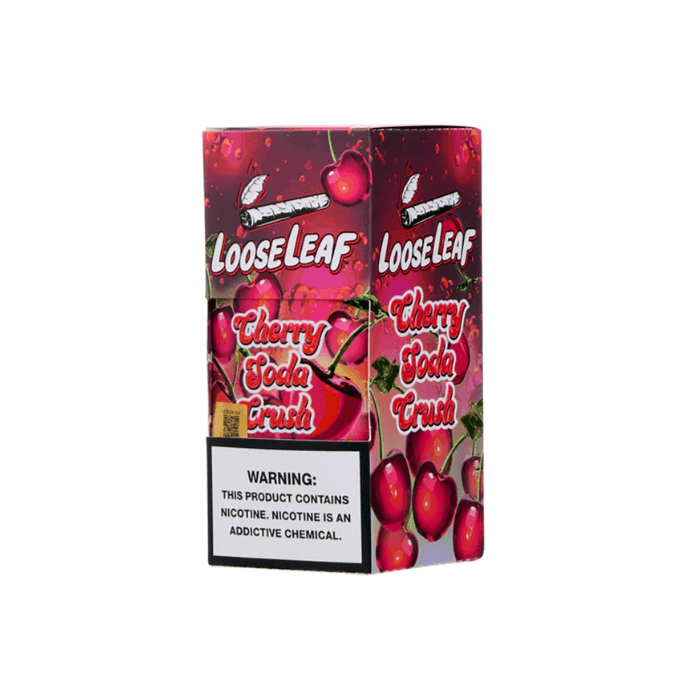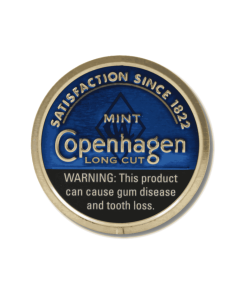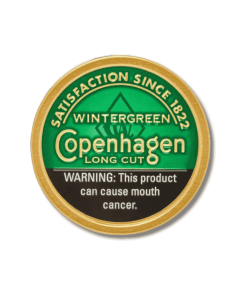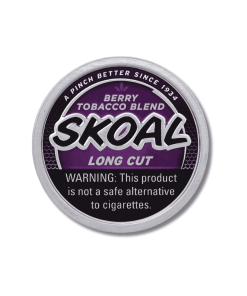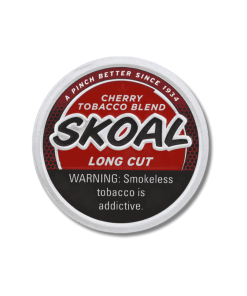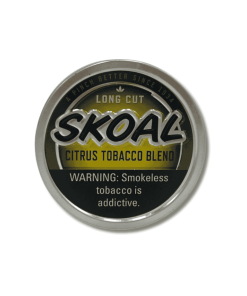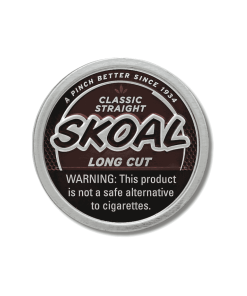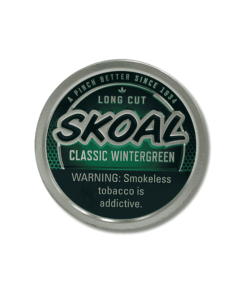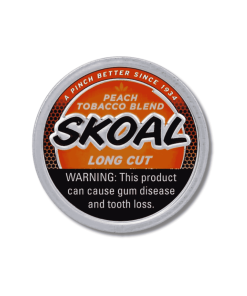Dipping Tobacco, Statistics
Essential Dipping Tobacco Statistics
When it comes to smokeless tobacco, dipping tobacco tends to fly under the radar. It’s not as flashy as vaping and doesn’t carry the same public attention as cigarette smoking—but it has a firm place in Canada’s tobacco landscape. Whether it’s used on job sites, in rural communities, or among younger athletes, dip remains a go-to for those looking for a strong, discreet nicotine experience. In this section, we’ll break down the key facts and usage patterns that define dipping tobacco today—from who’s using it and why, to where it stands in the bigger picture of tobacco use. If you’re in the industry, curious about market trends, or just want a better grasp of where dip fits into the mix, you’re in the right place.
- Prevalence of Dipping Tobacco Use Statistics
- Health Risks Associated with Dipping Tobacco Statistics
- Policy and Regulations Statistics
- Research on Dipping Tobacco
- Global Burden of Dipping Tobacco
- Dipping Tobacco Use in Specific Populations
- Quitting Dipping Tobacco Statistics
- Frequently Asked Questions
- Summary
Prevalence of Dipping Tobacco Use Statistics
Dipping tobacco—also known as moist snuff—is less common than smoking in Canada, but it’s still part of the wider nicotine landscape. While it’s used less often than cigarettes or vaping products, it retains a steady user base in certain provinces and among specific demographics.
- Usage in Canada: According to data from the Canadian Tobacco and Nicotine Survey (CTNS), a small percentage of Canadian adults report using smokeless tobacco products like dip at least occasionally. While this number may seem modest, it’s fairly consistent year to year, indicating stable demand within its niche.
- Demographic trends: Use is slightly higher among men aged 25–44, particularly those working in trades or rural industries where traditional tobacco use remains part of workplace culture.
- Regional differences: Dipping tobacco use is more prevalent in Western Canada, where rural traditions have helped preserve its popularity compared to urban centres in Ontario and Quebec, where cigarettes and vapes dominate.
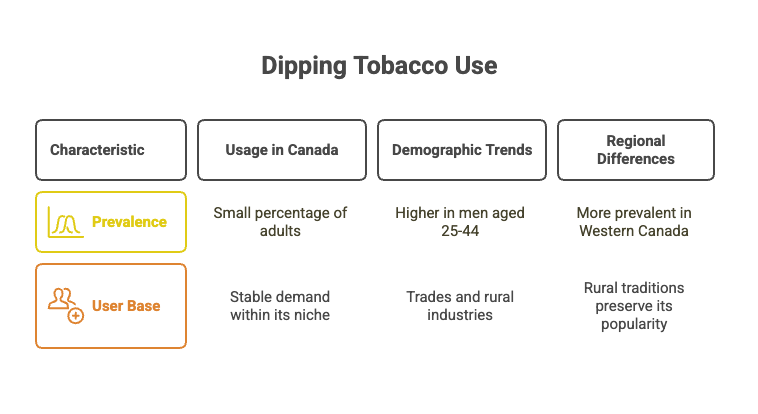
Health Risks Associated with Dipping Tobacco Statistics
While often viewed as a safer alternative to smoking classic cigarettes, dipping tobacco and other smokeless tobacco products present a complex set of health risks that should not be underestimated. The prevalence of smokeless tobacco use in Canada is lower than that of combustible tobacco products, but the associated harms are still significant and well-documented by organizations like the National Cancer Institute and Centers for Disease Control.
Oral and Systemic Health Impacts
One of the most visible dangers tied to smokeless tobacco use—including chewing tobacco and dip—is its effect on oral health. The finely ground tobacco found in these products sits in direct contact with the gums, often for extended periods. Studies indicate that current smokeless tobacco users are at elevated risk for:
- Oral cancers and leukoplakia: Continuous exposure to nitrosamines in smokeless tobacco products significantly increases the likelihood of developing mouth and throat cancers. According to the National Cancer Institute, long-term users may be up to four times more likely to develop these conditions compared to non-users.
- Receding gums and tooth decay: Data from the Canadian Dental Association shows that a huge percentage of frequent users experience visible gum damage, including recession, root exposure, and eventual tooth loss. This damage can begin in as little as 11 to 40 months of regular use, even if users are not smoking cigarettes.
- Addiction and withdrawal symptoms: Smokeless tobacco users often underestimate the addictive nature of these products. One dose of dip can deliver more nicotine than a cigarette, contributing to strong dependency patterns. Withdrawal symptoms among current smokeless tobacco users mirror those experienced by people quitting cigarette smoking, including irritability, cravings, and sleep disturbances.
Cardiovascular and Systemic Risks
While dipping tobacco doesn’t involve inhalation, it still exposes the body to harmful chemicals that affect cardiovascular health. Studies in tobacco research journals have found:
- Increased blood pressure and heart disease risk: Even without smoke, the nicotine in smokeless tobacco product use can raise heart rate and blood pressure over time, contributing to elevated risks of heart disease.
- Diabetes and metabolic effects: A lesser-known risk is the product’s impact on insulin resistance. The Centers for Disease Control have linked smokeless tobacco use with an increased risk of type 2 diabetes, particularly in users who also engage in tobacco consumption through other means.
Broader Public Health Perspective
From a disease control and prevention standpoint, the ongoing use of chewing tobacco and dip is a concern, especially when used as a substitute for quitting smoking cigarettes. Health professionals argue that substituting one harmful habit for another doesn’t reduce overall public health burdens.
- Youth exposure and misconceptions: The National Youth Tobacco Survey suggests a growing number of teens believe that dip and other smokeless tobacco products are harmless. In reality, youth who start using these products early can develop lifelong dependencies.
- Mixed-product use: Many smokeless tobacco users also smoke occasionally. This “dual use” further complicates their health profile and raises challenges for effective disease control and cessation support.
Policy and Regulations Statistics
Canada maintains a highly structured regulatory framework around all forms of tobacco products, and that includes dipping tobacco and other smokeless tobacco products. At the national level, the Tobacco and Vaping Products Act governs the manufacturing, packaging, labeling, and sale of all tobacco-based products. This includes clear mandates for health warning labels on containers of dip and chewing tobacco, as well as restrictions on branding and advertising. One key aspect of the law is the requirement for plain packaging, which aims to reduce the appeal of these products—especially to younger demographics and first-time users.
Health Canada also monitors the sale of these products through licensing and compliance checks. Retailers are expected to ensure that all packaging includes accurate ingredient disclosures and standardized warnings regarding the risks associated with smokeless tobacco use, including oral cancers and addiction.
Despite age restrictions, concerns remain around youth access to dipping tobacco. Reports from school boards and community health workers suggest that chewing tobacco and snuff are sometimes perceived by younger users as more discreet or less harmful alternatives to smoking cigarettes. This has led to calls for more robust educational programs and retail controls that better account for these misconceptions.
Retail limitations on flavoured smokeless tobacco products are also a developing area of regulation. Some jurisdictions have already moved to ban flavour additives altogether, while others allow them under strict conditions. These policies aim to reduce product appeal and deter initiation, particularly among first-time users.
From a fiscal standpoint, smokeless tobacco products are subject to similar taxation policies as other tobacco products in Canada. Taxes are applied at both federal and provincial levels, increasing the retail price significantly. However, the rise of tax-free tobacco retailers and on-reserve shops introduces an alternative route for adult consumers looking for more affordable options, often through Indigenous-operated businesses that are legally permitted to sell at lower rates.
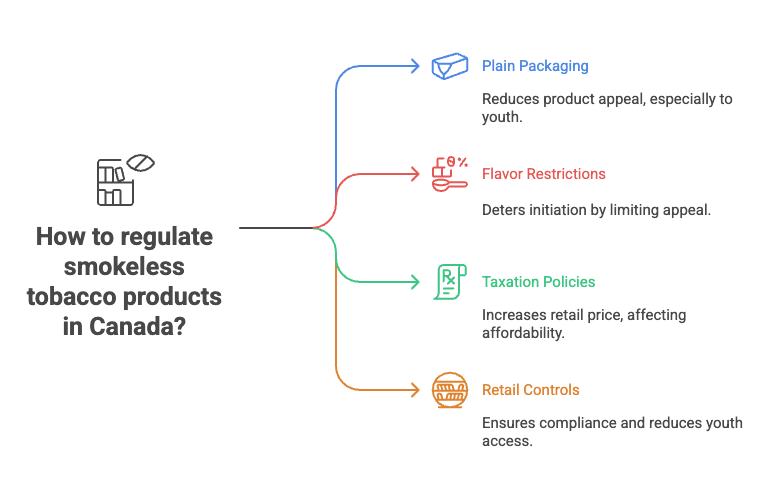
Research on Dipping Tobacco
Ongoing research into dipping tobacco continues to shape how public health professionals, regulators, and users understand the broader impact of smokeless tobacco use. Academic institutions in Canada and internationally are paying closer attention to how products like dip affect both individual health and community well-being.
Recent findings highlight the addictive nature of smokeless tobacco products, which often contain concentrated levels of nicotine. These products can create strong dependency patterns, comparable to those seen in cigarette smoking. Research has also shown that users commonly underestimate the risks, particularly when dip is used in social settings or during periods of stress.
Another key area of focus is user perception. Many Canadians still consider dipping tobacco to be a safer option than smoking cigarettes, despite evidence pointing to serious oral health risks, cardiovascular strain, and long-term addiction. Studies are also exploring how online culture, peer influence, and availability contribute to initial exposure and continued use.
Public health researchers are particularly concerned with the normalization of dip in certain subcultures, such as sports and manual labour industries. This normalization, when combined with inconsistent public education, makes it harder to dispel myths about the safety of smokeless tobacco product use.
Global Burden of Dipping Tobacco
Dipping tobacco might not be as visible on the global stage as cigarettes, but its presence in certain regions has made it a growing concern in international public health discussions. Countries across South Asia and parts of the Middle East see high levels of tobacco consumption in smokeless forms, including dip and chew. These practices contribute to major health challenges, particularly oral cancers and preventable chronic illnesses.
While Canada has a relatively modest footprint when it comes to the global prevalence of smokeless tobacco, patterns of use are shaped by immigration, cultural practices, and access to traditional products. Imported habits—particularly among migrant communities—are influencing Canadian trends, with some users bringing dipping tobacco into their routines as a familiar alternative to other tobacco products.
Global health organizations continue to monitor this burden. Agencies like the Centers for Disease Control and the World Health Organization have launched initiatives to limit smokeless tobacco product use through policy, education, and research funding. As Canada’s health landscape becomes more diverse, these global insights are becoming increasingly relevant to domestic health planning and outreach.

Dipping Tobacco Use in Specific Populations
While dipping tobacco is a niche product in the broader tobacco market, it holds cultural and habitual significance in several specific populations within Canada. Use tends to be more concentrated in regions and communities where traditional or occupational influences reinforce its presence.
In rural areas and among blue-collar workers—particularly those in construction, mining, and resource extraction—dip continues to be passed down informally through workplace culture. In these settings, smokeless tobacco use is often normalized as a discreet and durable option, especially in smoke-free environments.
Certain Indigenous communities also report higher engagement with smokeless tobacco products, including chewing tobacco, sometimes linked to accessibility and legacy consumption patterns. Public health outreach in these areas is growing, though challenges remain in balancing culturally sensitive education with effective prevention strategies.
Youth and sports cultures also play a role. Younger males involved in team sports such as hockey and baseball may be introduced to dip through peers, despite age restrictions on its sale. The association between dip and athletic identity continues to be studied in tobacco research, particularly where peer pressure and perceived performance benefits intersect.
Quitting Dipping Tobacco Statistics
Quitting dipping tobacco is not a one-size-fits-all process. Many current smokeless tobacco users report attempting to stop multiple times before finding a method that works.
The process can be especially difficult due to the high nicotine content found in finely ground tobacco, which delivers a strong and rapid effect when absorbed through the mouth.
Health professionals emphasize that successful cessation typically involves more than just willpower. Behavioral support, counselling, and nicotine replacement therapies—like lozenges or patches—are all viable tools in the quitting journey.
For some, transitioning to less harmful nicotine products such as nicotine pouches or controlled-use vaping devices can be part of a step-down strategy.
Personal motivation also plays a big role. Concerns about oral health, long-term disease risk, and financial cost often push users to reevaluate their habits. Support from family, healthcare providers, or even employer-based wellness programs can significantly influence outcomes.
Here are several key insights and common approaches to quitting dip:
Nicotine replacement therapy (NRT)
- Products like nicotine gum, lozenges, or patches can help reduce withdrawal symptoms.
- These are especially useful for managing the sharp cravings triggered by finely ground tobacco in dip.
Behavioral support
- Counselling (either in-person or virtual) offers coping techniques and accountability.
- Structured programs often increase the chance of sustained success by providing personalized plans.
Gradual reduction approach
- Some users find success by tapering their usage rather than quitting abruptly.
- This method can be combined with switching to less harmful nicotine products like pouches.
Triggers and routine awareness
- Identifying moments when cravings hit hardest (e.g., after meals, during stress, or at work) can help build better habits.
- Substituting dip with toothpicks, gum, or herbal alternatives is a helpful strategy.
Canada’s health system provides several free and low-cost quitting resources, but awareness and access vary by region. For dip users, especially those in more remote areas, the key to quitting smokeless tobacco is often finding culturally relevant and personally sustainable alternatives—something that’s still an emerging area in tobacco research and cessation strategy development.
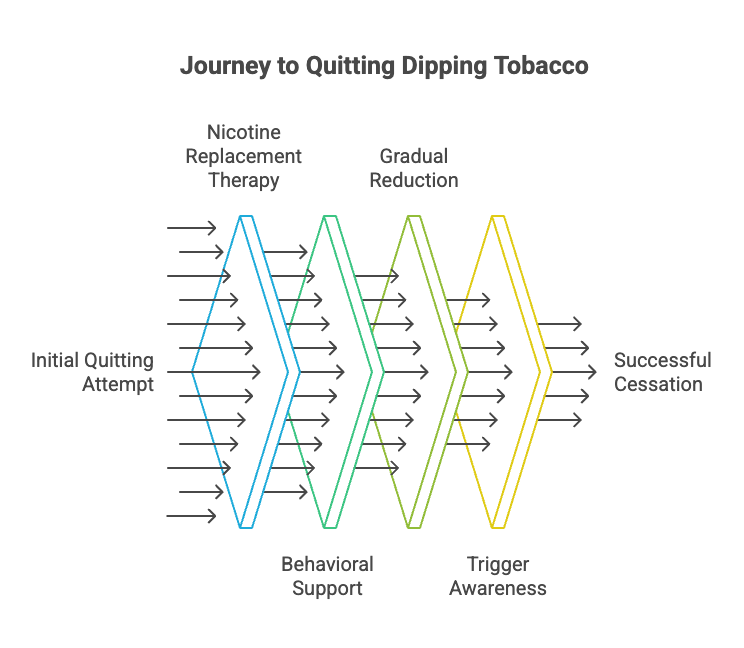
Frequently Asked Questions
What are the statistics on dipping tobacco?
Dipping tobacco remains a relatively small segment of the tobacco market in Canada, but its use is steady—especially in rural regions, industrial workforces, and certain subcultures
What is a shocking statistic on dipping tobacco?
One of the more eye-opening insights from ongoing tobacco research is that dipping tobacco can deliver more nicotine than a cigarette—and in some cases, it stays in the bloodstream for longer.
Summary
Whether you’re a long-time dipper, considering quitting, or just curious about its place in Canada’s tobacco landscape, the statistics tell a nuanced story. Dipping tobacco remains a fixture in certain regions and professions, despite growing awareness of its risks. As policy evolves and more research emerges, consumers are faced with an increasingly complex decision about how to manage their nicotine intake.For those looking to make the switch or explore cleaner, more discreet alternatives, NativeSmokes4Less is here to support your journey. We offer high-quality dipping tobacco all at prices that respect your wallet and lifestyle. Whether you’re cutting down or simply choosing smarter, we’ve got you covered.




